
Here's what the proposed GST rates are: motorcycles and mopeds will have a 28 per cent tax applied to them. There is a cess of 3 per cent for motorcycles with engine capacity above 350cc, which takes them to a total of 31 per cent. This will be effective from July 1, 2017.
What GST does is make business easier, not make things cheaper - the eleventy million taxes that a businessman or organisation has to pay to keep himself/itself going have been reduced to just a few. What it does for you and me as consumers is... not much, actually. Our bikes will cost just as much. The 3 per cent cess on motorcycles above 350cc will affect manufacturers like KTM, with its 373cc engine, Royal Enfield, with its engines that displace more than 350cc. Luckily for the Chennai-based brand, though, the lion's share of its sales comes from the Classic 350 and Bullet 350, both of which have a 346cc engine. RE seems to have dodged a bullet there, so to speak.
The ownership experience might get a little more expensive, because there is a proposed 28 per cent GST on spares, and an increase in tax for services by another 3 per cent, meaning labour charges will go up slightly if this comes into force. The one big exception is hybrid and electric vehicles: the tax slab for them will be 12 per cent. This will actually make them more expensive in some areas where the government is currently waiving tax or offering a rebate for those purchasing electric vehicles. In an age where electric vehicles still aren't quite as good as their petrol-powered counterparts, it won't help consumers select them despite their green credentials.
Overall, however, things won't change much for the two-wheeler industry or the consumer because the tax rates are quite similar to what exists.

![Royal Enfield Classic 350 [2020] Image Royal Enfield Classic 350 [2020] Image](https://imgd.aeplcdn.com/272x153/bw/models/royal-enfield-classic-350-single-channel-abs--bs-vi20200303121804.jpg?q=80)

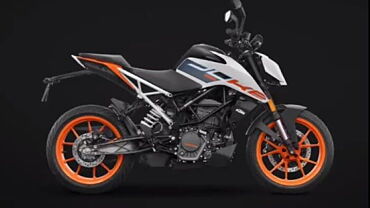

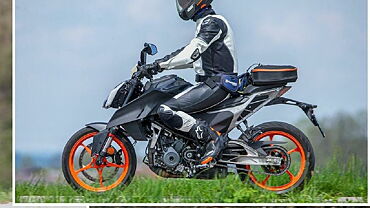
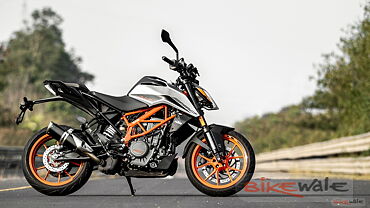
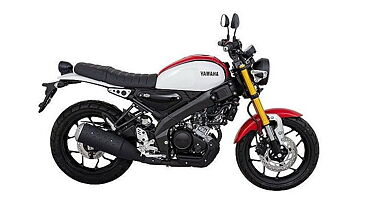

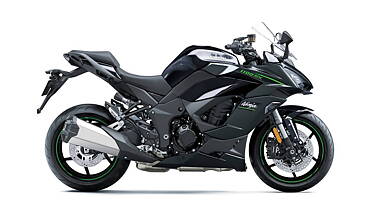

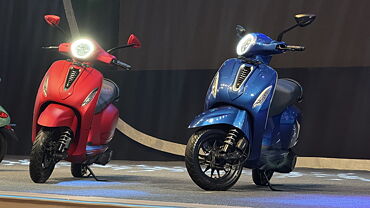


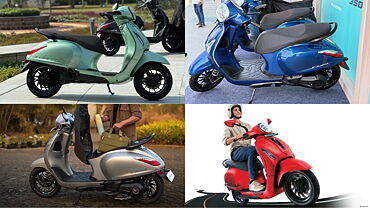
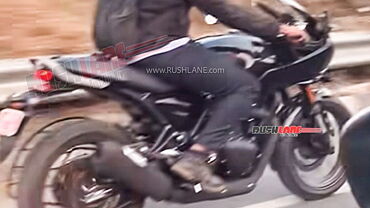

![Royal Enfield Classic 350 [2020] Right Side Royal Enfield Classic 350 [2020] Right Side](https://imgd.aeplcdn.com/199x112/n/cw/ec/49653/royalenfield-classic-right-side33.jpeg?q=80)
![Royal Enfield Classic 350 [2020] Right Side Royal Enfield Classic 350 [2020] Right Side](https://imgd.aeplcdn.com/199x112/n/cw/ec/49653/royalenfield-classic-right-side13.jpeg?q=80)
![Royal Enfield Classic 350 [2020] Right Side Royal Enfield Classic 350 [2020] Right Side](https://imgd.aeplcdn.com/199x112/n/cw/ec/49653/royalenfield-classic-right-side17.jpeg?q=80)
![Royal Enfield Classic 350 [2020] Front Three-Quarter Royal Enfield Classic 350 [2020] Front Three-Quarter](https://imgd.aeplcdn.com/199x112/n/cw/ec/49653/royalenfield-classic-front-three-quarter1.jpeg?q=80)
![Royal Enfield Classic 350 [2020] Side Royal Enfield Classic 350 [2020] Side](https://imgd.aeplcdn.com/468x263/n/cw/ec/49653/royalenfield-classic-side0.jpeg?q=80)






